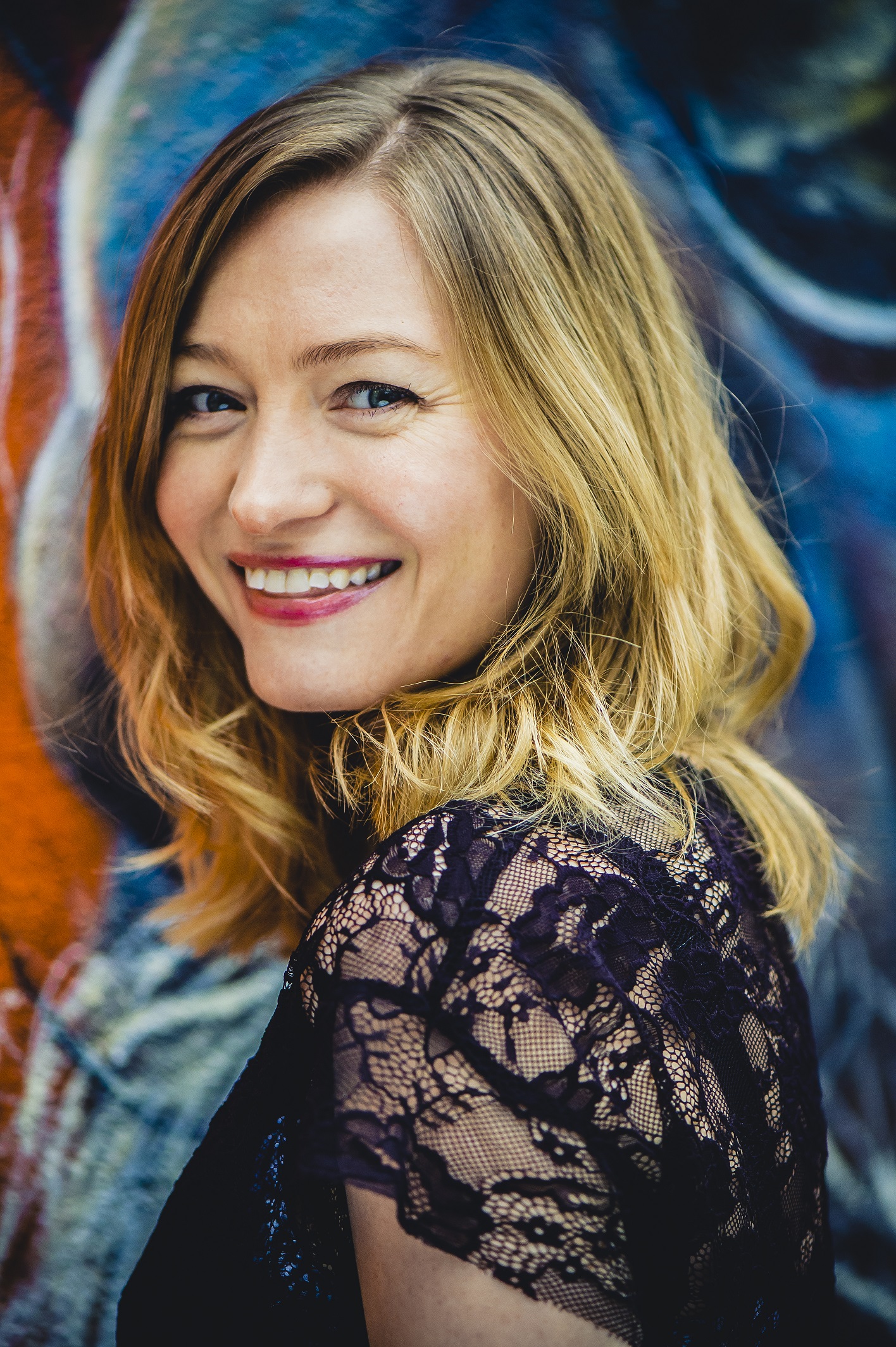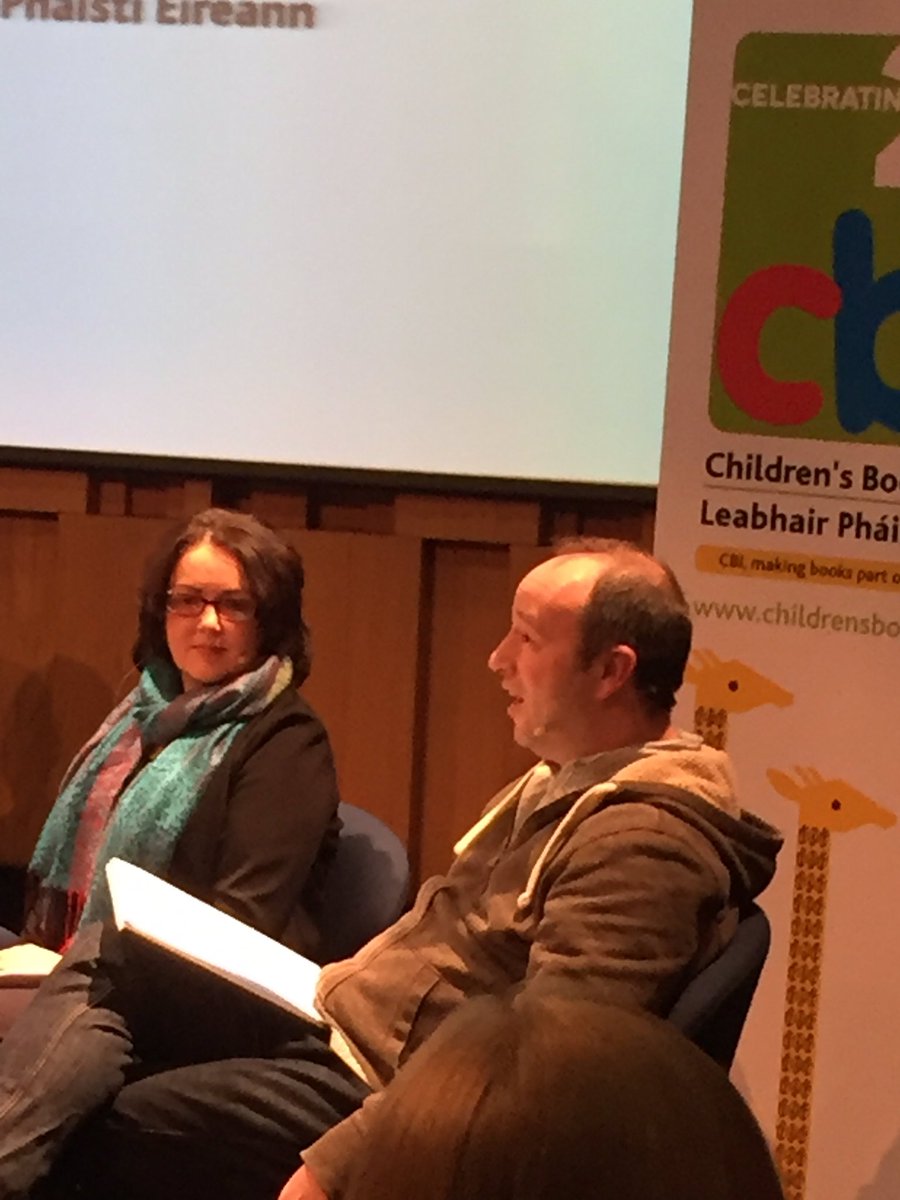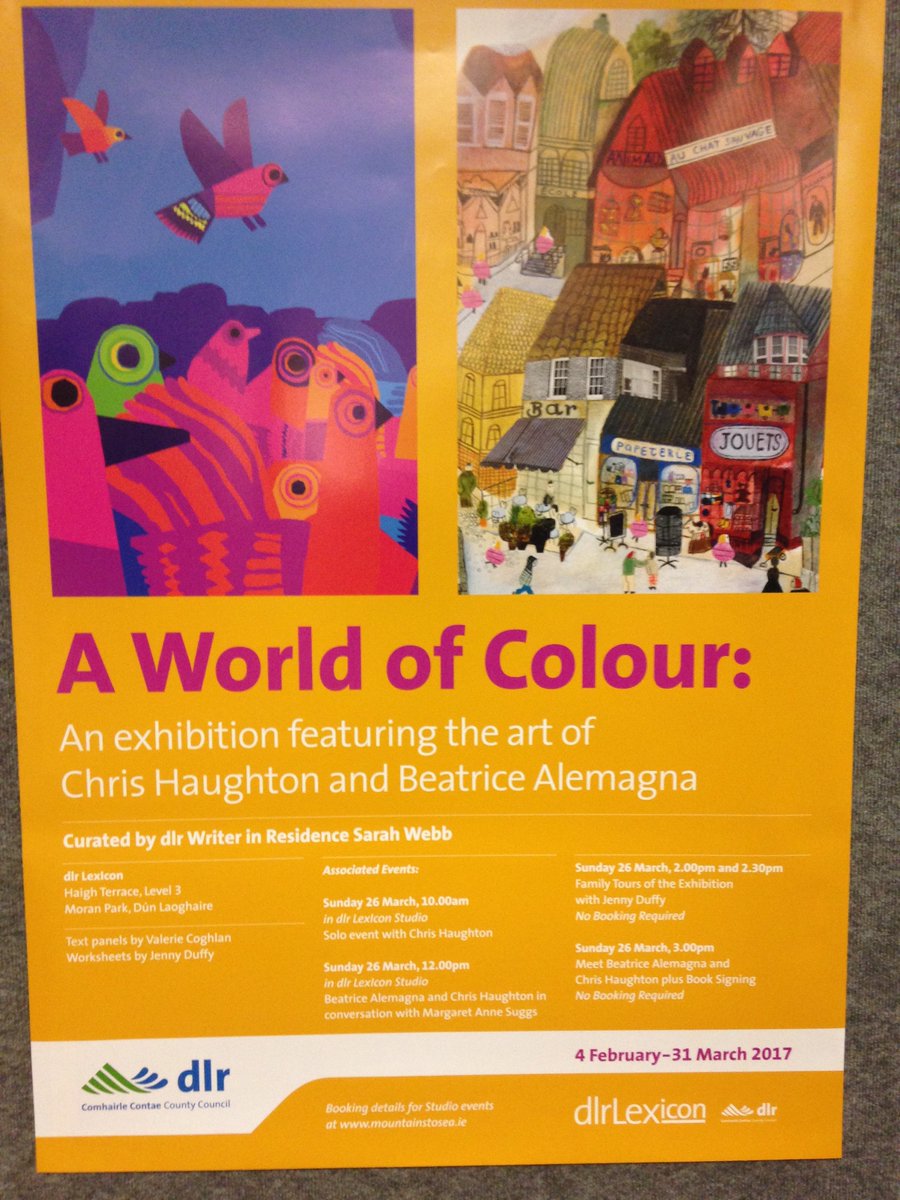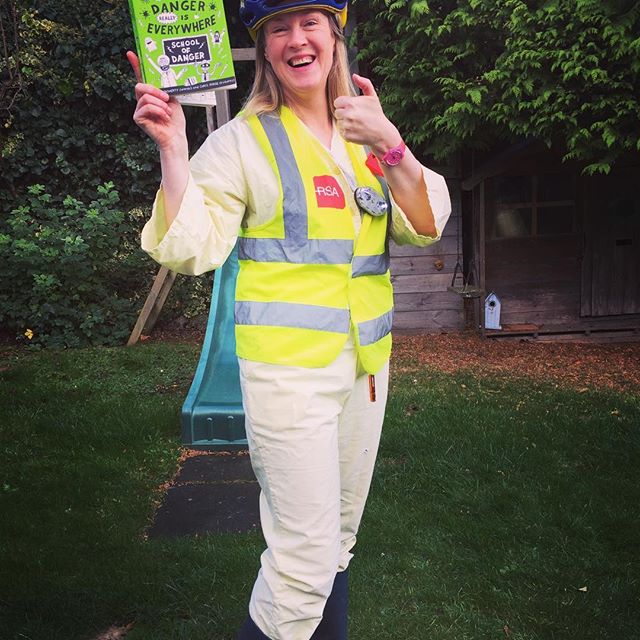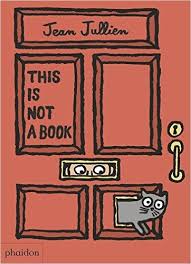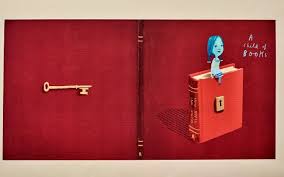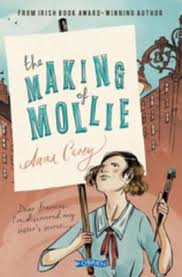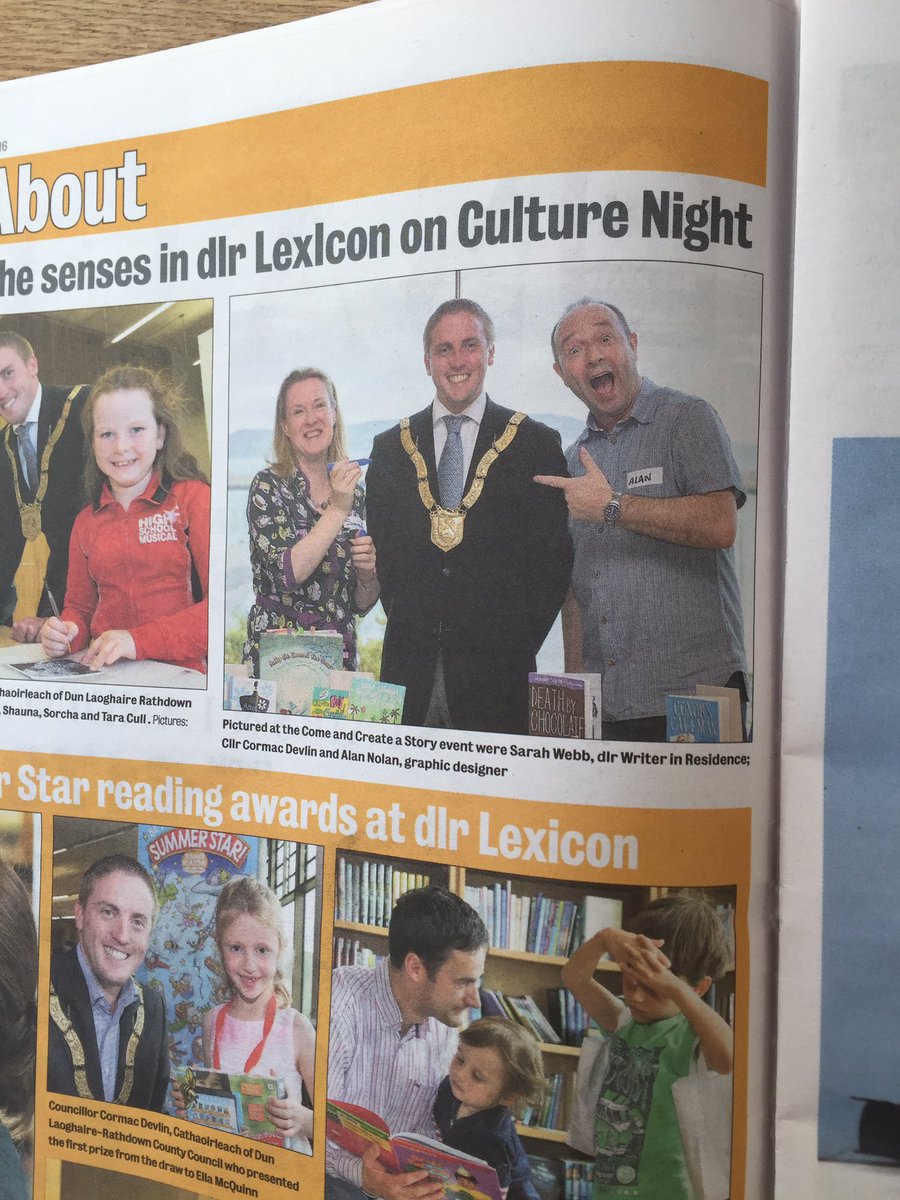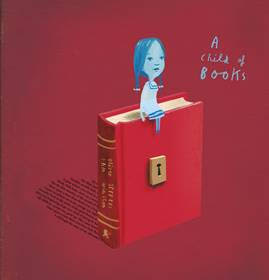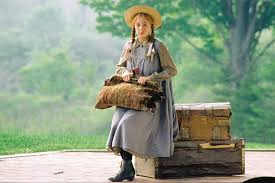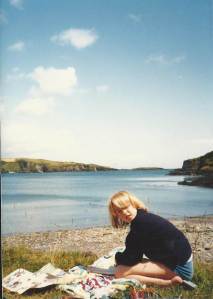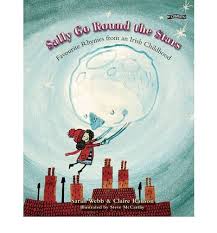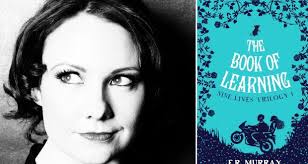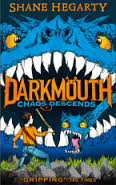Children's writer, Helena Duggan has made the transition from self-published writer to traditionally published writer this year. She tells us about her writing and publishing journey.
Helena, can you tell us about your latest book, A Place Called Perfect and where the idea came from?
A Place Called Perfect is a children's middle grade book about a girl named Violet who moves to a town called Perfect because her Dad, the worlds finest Opthamologist is offered a job by the Archer Brothers Edward and George. He's been tasked with fixing the only problem this perfect little place has. After only a short time in the town anyone who visits goes blind...
That's the main background to the story and, of course, not all is as it seems in Perfect.
The idea came from a pair of glasses I picked up while backpacking in Australia. I bought them in an antique shop with the intention of changing the lenses to suit my sight. The more I carried them however, the more I began to think about their past owner and how their memories might have become locked inside the lenses. That's how Perfect began.
How long did it take you to write?
About 6 months for the first draft and then a very long time to edit! There were a few different editing versions as I self published first after rounds of edits. Then I found a home with Usborne and had to edit further!
You originally self-published the book in 2012. Why did you decide to go that route first?
I had been following the self publishing revolution and had written a previous book title "A Load of Rubbish" that had been through the publishing mill without much luck. I'm a graphic designer by day so I decided self publishing would be easy for me to do. I thought I'd gather together some reviews and sales figures and then look for a publisher. That's exactly how it turned out!
Self-published cover for A Place Called Perfect
How did it come to be published by Usborne (a UK publisher)?
I had decided that I wanted to try for a UK publisher after taking advice from other authors and booksellers. The local bookshops in Kilkenny were amazing support and Khan Kiely from Khans books offered me a ticket to the London book fair and told me to arrange meetings with agents. I contacted a few that had shown interest in my work first time round and secured some meeting. Of the back of that I was taken on by Bell Lomax Moreton in London and they found a home for Perfect with Usborne.
Did you have to do much editing for the Usborne edition?
Yes it was a really good learning curve actually. I had an initial meeting with Anne my editor and she asked me lots of questions about the story. I remember answering all of them but thinking she couldn't have read the book if she had these questions, they are all answered in it! Then I expressed this sentiment and discovered that, while all of the answers were in my head, I hadn't committed them to the page. I also learned quiet alot about timelines and technicalities like when do the characters eat or sleep etc... the process was hard but well worth it.
What did you find surprising about being traditionally published?
How nice Usborne are. I had thought I'd be in the big bad world of publishers and I'd be a number on a list of other numbers but with Usborne it is not like that at all. I don't know if I'm just lucky or if it's because Usborne is family run or because that's just the way publishers are but my experience has been amazing. Everyone is so nice to deal with and they are all really just people who love books.
Would you recommend self-publishing? And if so, why?
Well yes because if it wasn't for self publishing Perfect would never have been traditionally published. It is difficult though as you have to be everything, the writer, designer, editor, sales person, accounts etc. It can be draining. The hardest part was sales, a book is personal and for this reason I found it extremely hard to sell, luckily I have a mother who would sell her soul for her kids so she did it for me. I also would also strongly advise getting your book professionally designed and edited, a self published book has to almost be produced better than a traditional book to get into a shop. There is still a stigma around self publishing.
How do you organise your writing day? For example, where do you write? And when?
At the moment it's very disorganised. I'm on maternity leave with a four month old baby. I go to my Mam and she minds Jo while I write but the days and times vary. I will be heading back to work in 6 weeks so it'll be scary to figure out how to balance a baby and writing with all of that...if anyone has any tips I'd gladly take them!
Do you use a computer or write long hand?
Even though I'd love to say long hand I don't, I write onto a computer. I wrote my first book long hand and then typed it all up but it's much quicker I find now to type everything straight in.
Do you edit as you go along? Or at the end of the first draft?
I do small edits as I go and then larger ones at the end of the first draft. I'm writing the sequel to Perfect at the moment and trying to remember what I did the first time round. It's all a learning process I think, and I'm forever learning.
Do you find rewriting difficult?
Yes and no, sometimes if I get a little stuck I remind myself that it's my world and therefore I can really do whatever I want. That makes the whole process a little easier!
Do you use the internet for research? What research tips can you give writers?
Yes I do, I love to research actually and take names etc from real people or places if they fit the story. My only tip with researching is to remember your meant to be writing and get of the internet in a reasonible amount of time! I still struggle with that one and can find myself trawling through pages hours later.
What type of books do you like to read? Do you have a favourite book?
I read all sorts of books really. I like crime thrillers and childrens books but I can be found dipping in and out of anything. My favourite books are all childrens really. I love Roald Dahl and all the Harry Potters, I also love All The Light You Cannot See, for some reason that book has stuck with me lately. I will never forget how I felt reading Under the Hawthorn Tree as a kid either.
What is the best thing about being a writer?
Finding yourself lost in a world you created and getting so deep into writing that when you come out and read back you don't believe you've written it and can't for the life of you remember where the story came from!
The worst?
Time. I'm bad at managing time!
What are you working on next?
The sequel to Perfect. I'm about 40,000 words in and trying to juggle it with a small baby, a bit more difficult than the first time round. The story is all plotted though so it makes it easier.
And finally, do you have any advice or tips for writers?
I'm not sure really if I should give any advice. I'm new to all this myself and everybody has their own way of doing things. What worked for me was persistence, I believed in my story and was lucky to have an amazing family who believed in it too so I kept going. Also when I write I try not to think of an audience and just go with the story that comes into my head, I feel if I write for an audience then I won't enjoy myself in the process and that misses the point.
Thank you, Helena, for sharing your writing life with us.








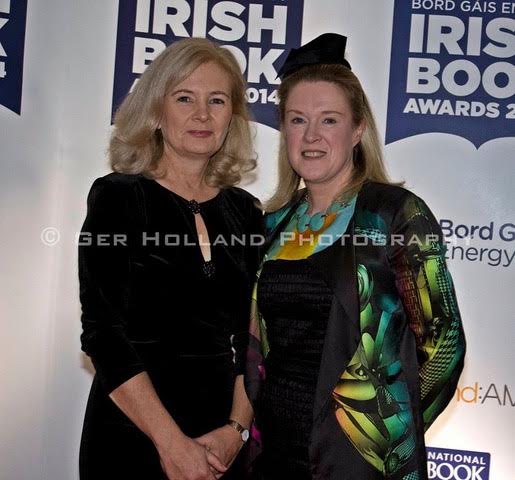
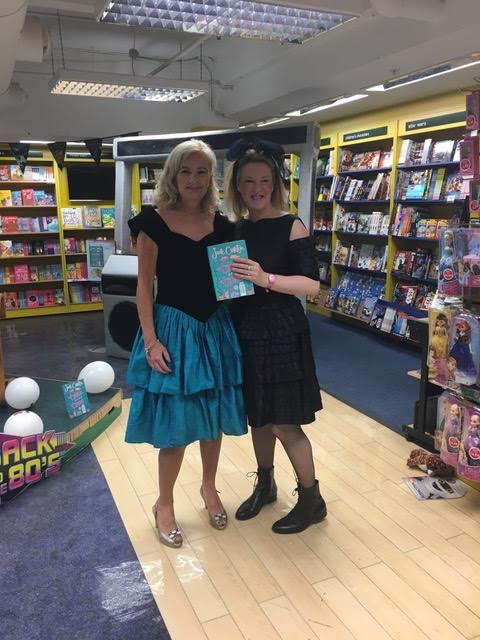
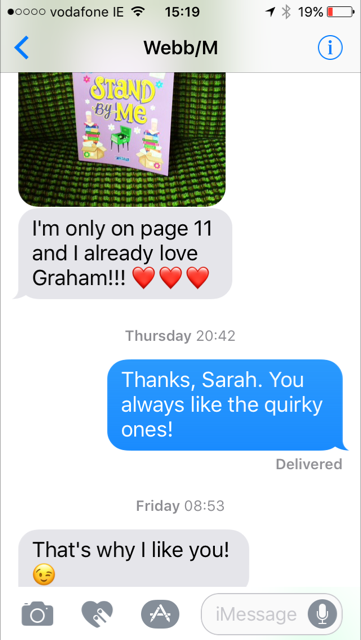
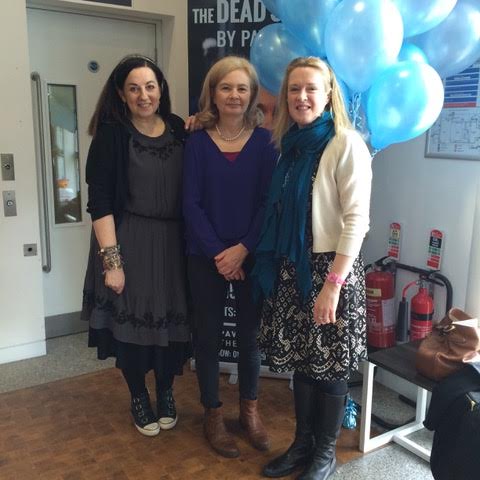




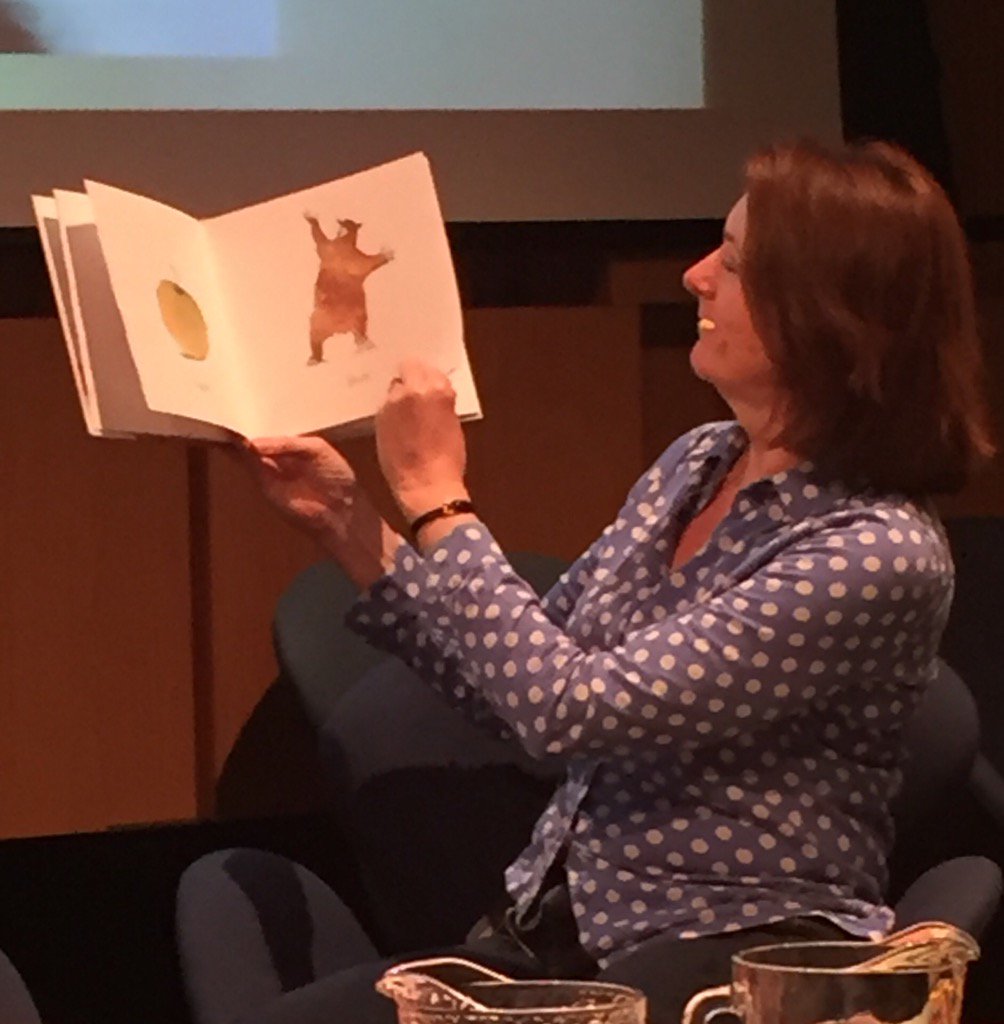
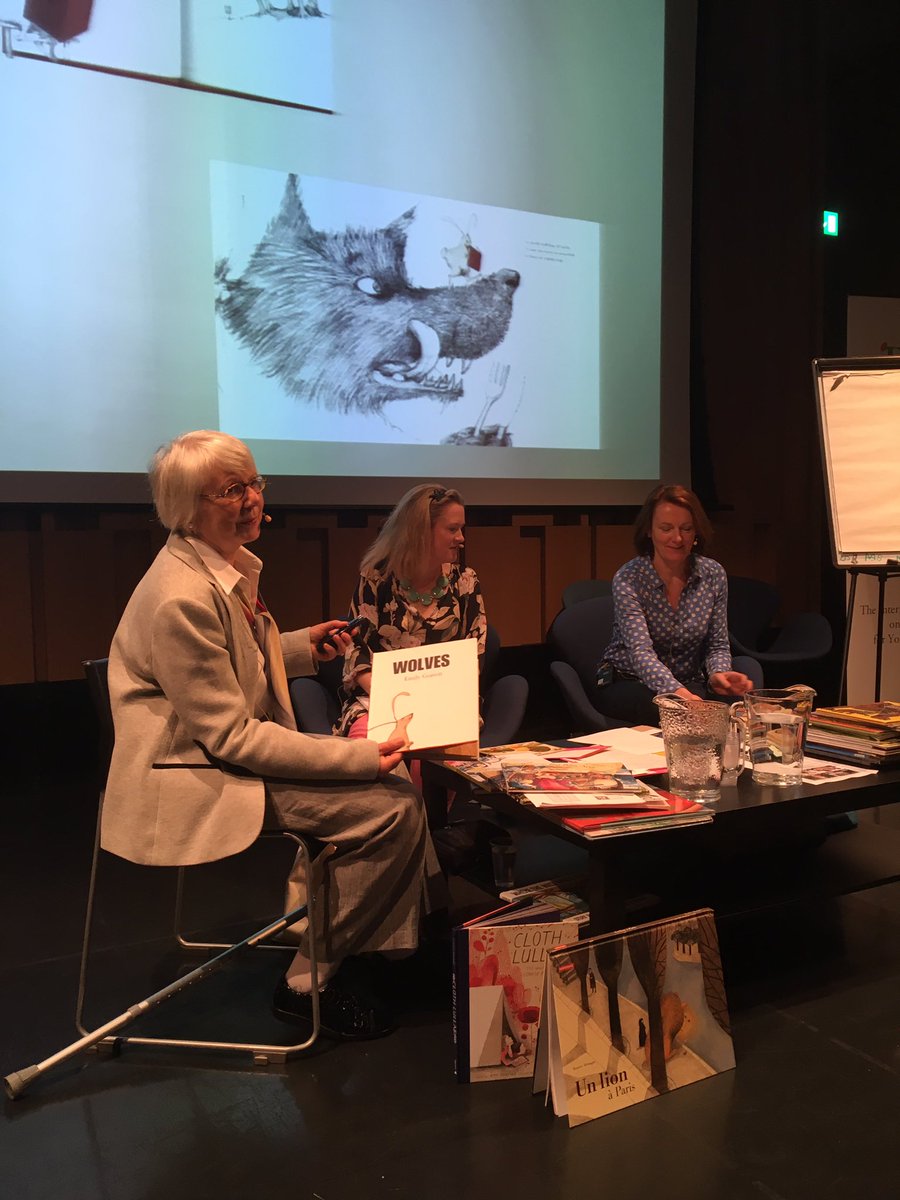

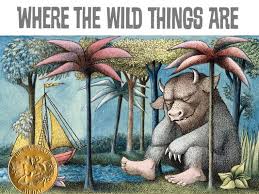
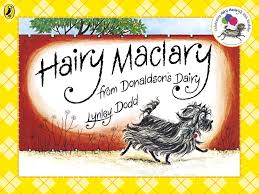
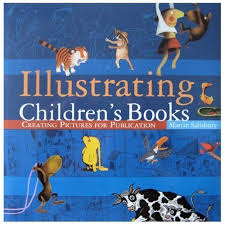





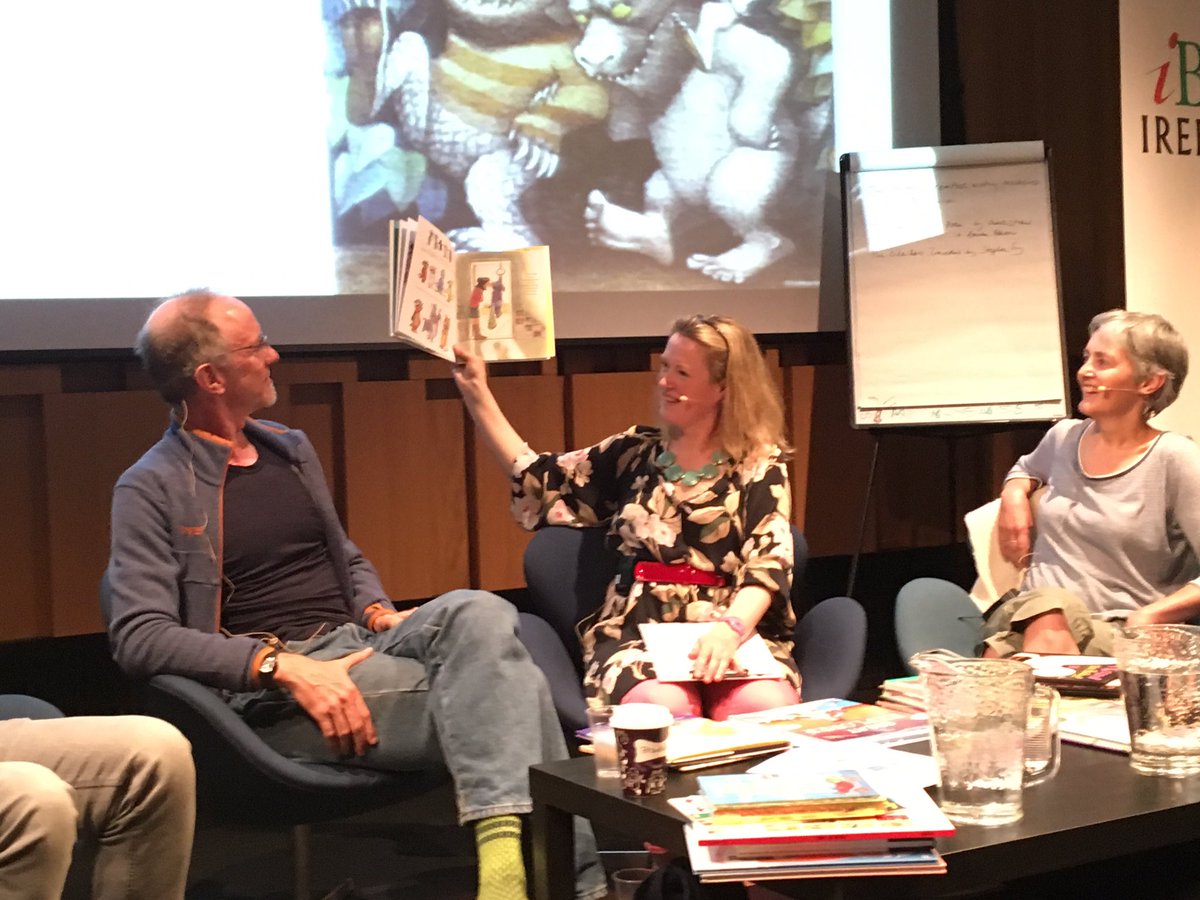
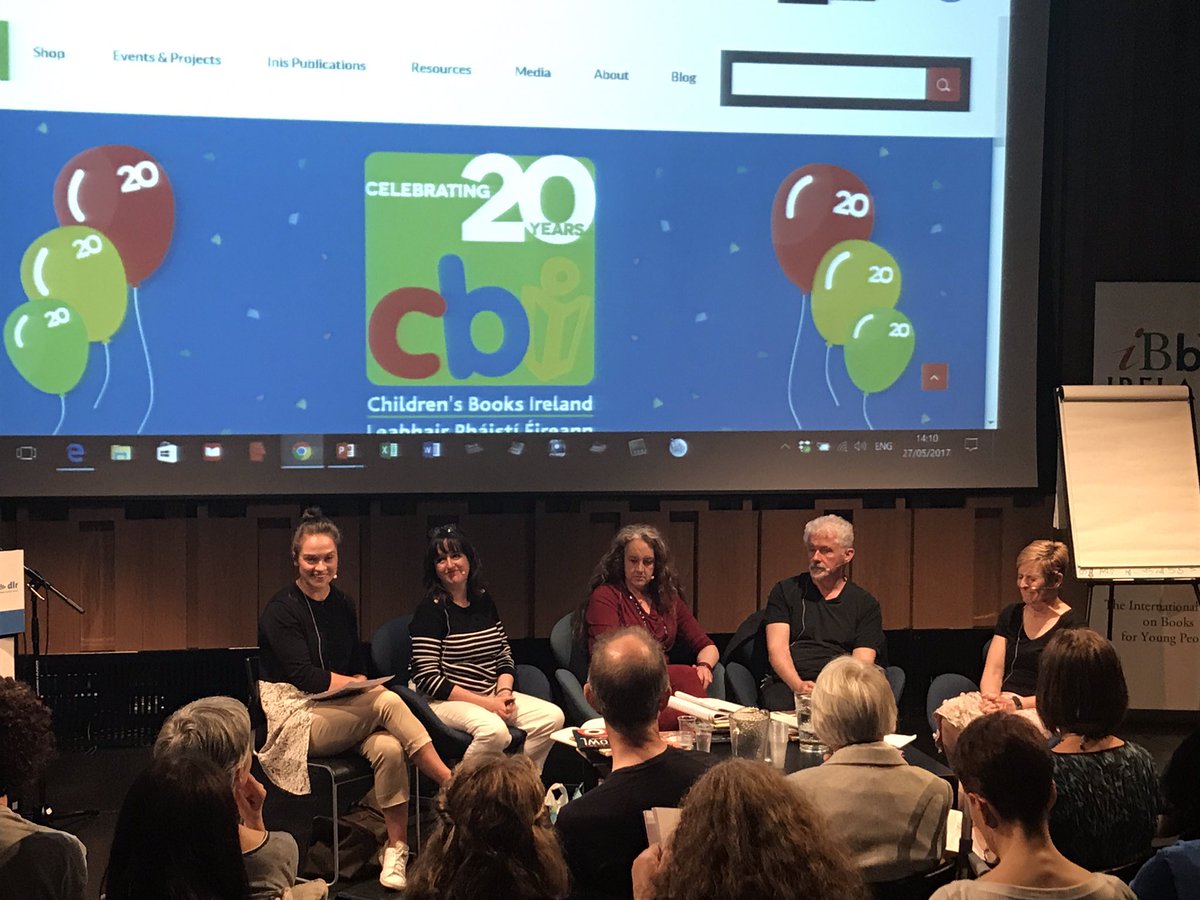
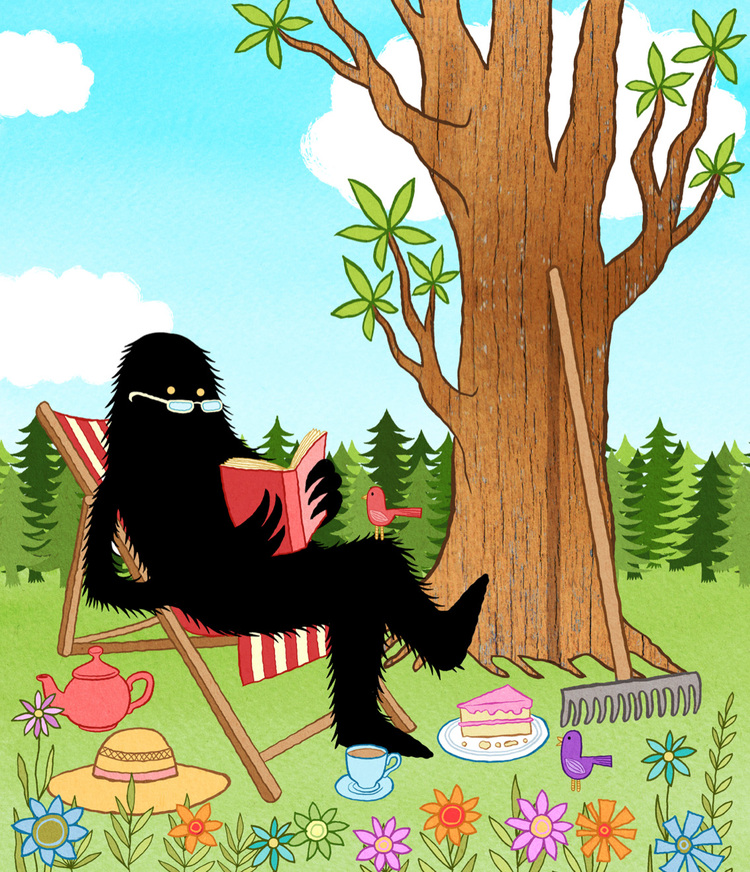
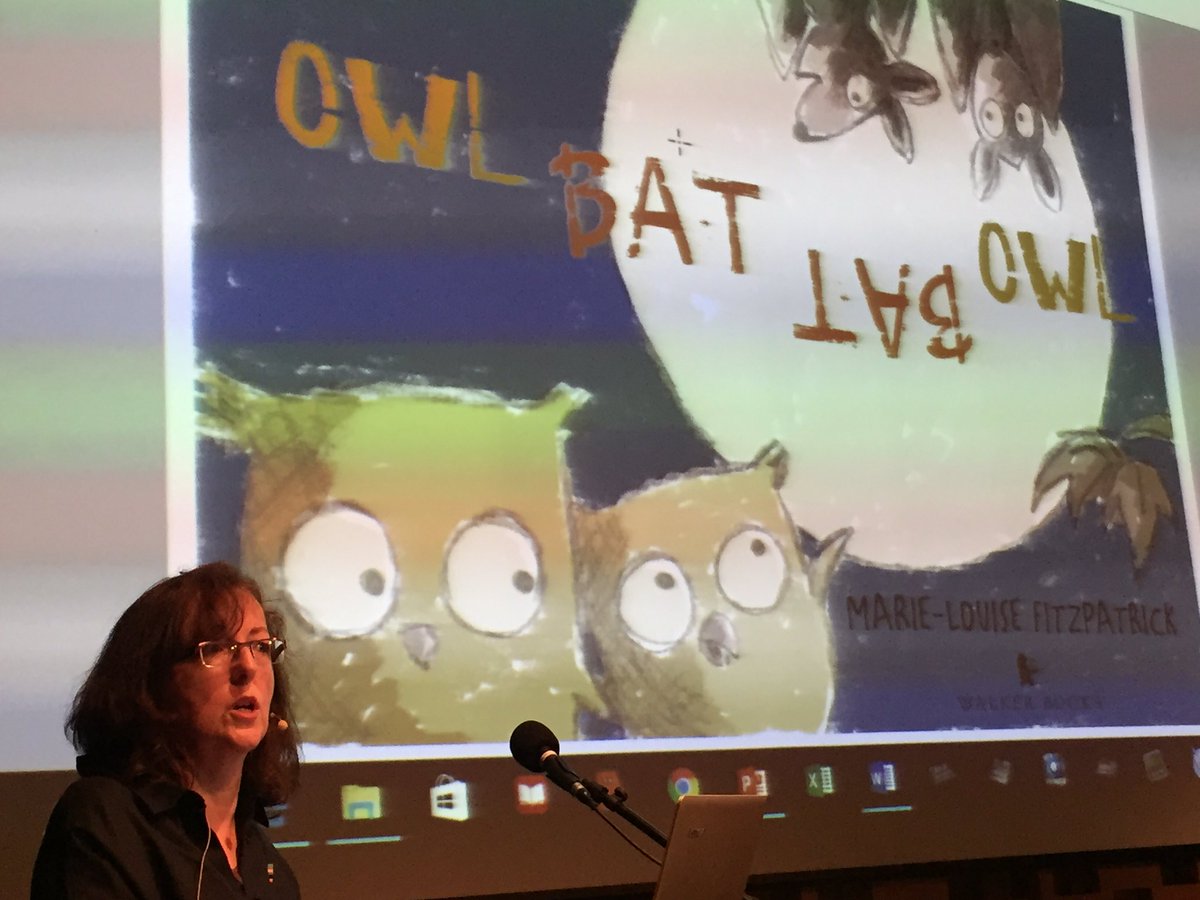
![IMG_4138[1].JPG](https://images.squarespace-cdn.com/content/v1/58973315e4fcb5808a5b7d9e/1495906190232-PE2QJ597VZ2M05UOBMJI/IMG_4138%5B1%5D.JPG)

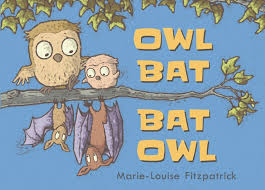

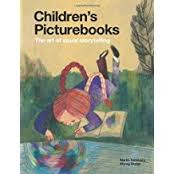

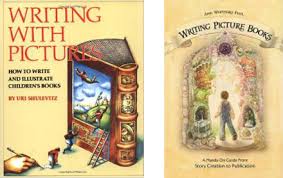
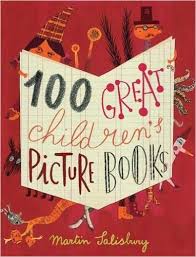
![SHTQ7477[1].jpg](https://images.squarespace-cdn.com/content/v1/58973315e4fcb5808a5b7d9e/1494954396210-1OP83XIAF9N67Q719N3K/SHTQ7477%5B1%5D.jpg)
![IMG_3686[1].JPG](https://images.squarespace-cdn.com/content/v1/58973315e4fcb5808a5b7d9e/1494954438439-9FFGMA7IYBI8W4KU7V4Z/IMG_3686%5B1%5D.JPG)
![IMG_3831[1].JPG](https://images.squarespace-cdn.com/content/v1/58973315e4fcb5808a5b7d9e/1494954470484-8VYBTV7MHSA6WODMW56N/IMG_3831%5B1%5D.JPG)
![IMG_3349[1].JPG](https://images.squarespace-cdn.com/content/v1/58973315e4fcb5808a5b7d9e/1494954536089-1KHKOBCJOOEK8U7ZK8I4/IMG_3349%5B1%5D.JPG)

![IMG_3679[1].JPG](https://images.squarespace-cdn.com/content/v1/58973315e4fcb5808a5b7d9e/1494955341400-6GW2GJ9J4OB80MTBA039/IMG_3679%5B1%5D.JPG)
![IMG_3638[1].JPG](https://images.squarespace-cdn.com/content/v1/58973315e4fcb5808a5b7d9e/1494955354217-6LAD046ZR346C4TUBIEX/IMG_3638%5B1%5D.JPG)
![IMG_3613[1].JPG](https://images.squarespace-cdn.com/content/v1/58973315e4fcb5808a5b7d9e/1494955368615-JTOZE77FOVS6BVJSQLG0/IMG_3613%5B1%5D.JPG)
![IMG_3579[1].JPG](https://images.squarespace-cdn.com/content/v1/58973315e4fcb5808a5b7d9e/1494955389671-3D9K5ECV5W73Z24MDHKB/IMG_3579%5B1%5D.JPG)
![WRDM5814[1].jpg](https://images.squarespace-cdn.com/content/v1/58973315e4fcb5808a5b7d9e/1494955810301-HEJGXWKNTQUBR5UQONR6/WRDM5814%5B1%5D.jpg)
![IMG_3793[1].JPG](https://images.squarespace-cdn.com/content/v1/58973315e4fcb5808a5b7d9e/1494955796740-HCM0WY3213ZSI4WC6TGB/IMG_3793%5B1%5D.JPG)
![IMG_3773[1].JPG](https://images.squarespace-cdn.com/content/v1/58973315e4fcb5808a5b7d9e/1494955829856-16QNEC64S2EO2HR4JJBP/IMG_3773%5B1%5D.JPG)
![IMG_3801[1].JPG](https://images.squarespace-cdn.com/content/v1/58973315e4fcb5808a5b7d9e/1494955858514-HXRKZQG02YXPVND03EV2/IMG_3801%5B1%5D.JPG)
![IMG_3670[1].JPG](https://images.squarespace-cdn.com/content/v1/58973315e4fcb5808a5b7d9e/1494956264596-LH14IPCXS26XBG4Q61ZM/IMG_3670%5B1%5D.JPG)
![IMG_3640[1].JPG](https://images.squarespace-cdn.com/content/v1/58973315e4fcb5808a5b7d9e/1494956346293-35LJNA4JLSUWY8GNWVSF/IMG_3640%5B1%5D.JPG)
![IMG_3663[1].JPG](https://images.squarespace-cdn.com/content/v1/58973315e4fcb5808a5b7d9e/1494956979726-CNDXCB7NI725JLA8UJZ6/IMG_3663%5B1%5D.JPG)
![IMG_3656[1].JPG](https://images.squarespace-cdn.com/content/v1/58973315e4fcb5808a5b7d9e/1494956354326-R8JSXN8CQTU218QBQ1WZ/IMG_3656%5B1%5D.JPG)



